Custom Software Development at a Glance
Businesses are choosing custom software development to improve efficiency and gain a competitive edge.The custom software development market was valued at $41.25 billion in 2024, highlighting its growing importance in today’s digital-driven business landscape.It is projected to grow at a compound annual growth rate (CAGR) of 23.90% from 2025 to 2034.Custom software development cost typically ranges between $100,000 to $400,000.
- Pricing depends on factor like:
- Software project scope
- Project complexity
- Software functionality cost
- Many startups and enterprises often face challenges in setting a realistic software development budget.
- Having a clear pricing guide and understanding the key factors that impact software costs can lead to smarter, more informed decisions.
What is Custom Software Development?
Custom e-commerce software development is the process of designing, building, deploying, and maintaining software solutions specifically tailored to meet the unique needs and goals of a particular business or organization.
Unlike ready-made software built for the masses, custom software is tailored to:
- Solve a specific problem.
- Automate internal processes
- Deliver a more personalized user experience.
From defining essential software features and user flows to building strong software architecture, the process requires collaboration between stakeholders and developers. Compared to tools like CRM, ERP, eCommerce platforms, or standard mobile apps, custom solutions are more flexible, scalable and secure.
Custom Software Development Pricing: What You Need to Know
Estimating the cost of custom software development in 2024 can be challenging. Factors such as project size, complexity, and the specific features required all play a significant role in determining the final price. Below is a clear software cost breakdown to help you estimate your software project budget based on the scope of your project.
1. Small Software Projects
- These typically refer to simple web or mobile applications with limited functionality.
- They come with minimal features and low complexity, making them quicker and more cost-effective to develop.
- Software development cost: $20,000 – $50,000
- Development timeline: 2–4 months.
2. Mid-Size Software Projects
- Covers e-commerce platforms or apps that integrate with other systems.
- More advanced features, moderate complexity.
- Software development pricing: $50,000 – $200,000
- Development timeline: 4 to 8 months
3. Large Software Projects
- Includes enterprise software or AI-powered software.
- Often involves advanced features and heavy software integrations.
- Cost: $200,000+ (may reach or exceed $1 million)
- Development Timeline: 8 months to over 1 year
Major Factors Determining Custom Software Development Costs
Understanding what drives custom software development costs can help you plan smarter and avoid surprises. Below are two major factors affecting software cost—each playing a critical role in shaping your overall software project cost.
1. Software Size
The overall software size plays a big part in the cost to develop software. More screens, more features, and greater functionality mean more time and effort—leading to higher costs
- Small applications: 10 to 25 software screens
- Mid-size applications: 25 to 40 screens
- Large applications: 40+ screens
Why it matters: Bigger apps require more code creation, design, development, and software testing,increasing both timeline and budget.
2. Software Complexity
The more complex the software gets, the more resources it demands. Applications with advanced software features, complex algorithms, or deep software customization take more time and expertise to build.
Here’s how software complexity affects software development cost:
- Apps with heavy data processing
- Unusual logical interconnections
- High volumes of code lines (from a few thousand to hundreds of thousands)
- Complex backend logic and integrations, especially in enterprise software
As complexity rises, so does the amount of time spent on development, debugging, and testing all of which increase the software cost estimation.
3. Creative Design
Creative design goes beyond appearance—it’s about how your software looks and functions seamlessly. Good application design improves user interaction and increases user satisfaction by making the app easy and enjoyable to use.
Important aspects of software design include:
- Choosing the right typeface and color palette
- Crafting smooth UI design and intuitive UX design
- Adding custom illustrations and design elements to reflect your brand
Why it matters: A clean, well-planned software aesthetic enhances software usability and keeps users engaged.
Design Budget: Most design work falls in the $15,000 to $30,000 range. Additional artwork or advanced elements may increase the design cost.
4. System Integrations
Most customized software needs to connect with other tools or platforms. These software integrations vary in complexity and can impact the final cost significantly.
Common integration types include:
- Easy: Payment gateway integration (e.g., PayPal, Stripe)
- Complexity Increases Cost: Integration with Legacy Systems or Third-Party Tools
Integration Cost: Based on the systems involved, the software development budget should account for possible technical hurdles during the process.
5. Data Migration
If you’re moving from an old system to a new one, you’ll likely need data migration—the process of transferring old records into your new software.
What’s involved in the data migration process:
- Writing custom scripts
- Converting data into the right format
- Verifying accuracy through repeated data mapping and revisions
Important Note: The data format differences, data volume, and system structure can greatly impact the data migration cost.
Budget Expectation: Complex and Large Data Requires More Investment.The larger and more complex your data, the more time and resources are needed for accurate and secure data migration — directly impacting your overall software development budget.
6. Post-launch Maintenance and Support
Ongoing care is key to long-term success.
- Software support doesn’t stop at launch – Regular post-launch maintenance, technical support, and software upgrades are essential to keep your app running smoothly.
- Plan for recurring software costs – Set aside a maintenance budget for bug fixes, new features, and regular updates to meet evolving user needs.
- Boost long-term software viability – Proper support ensures your investment continues to deliver value over time.
7. Software Security and Compliance
Protect data. Follow rules. Stay secure.
- Security is essential – Whether it’s healthcare, banking, or any sensitive field, strong software security, data security, and compliance are must-haves.
- Compliance can add cost – Meeting industry regulations, adding encryption, and building a strong security infrastructure often raise your security costs.
- Custom safety measures may be needed – Projects involving specialized security systems, digital security, or regulatory compliance require extra planning and resources.
8. Outsourcing Project to Software Development Company
Smart teams get help from smarter partners.
- Outsourcing software development gives you access to expert software developers, UI/UX designers, and project managers without building an in-house team.
- Enjoy full-team benefits – A professional outsourcing company handles everything from design to deployment.
Hidden Costs Involved in Software Development

When planning a software project, most businesses only focus on the initial software development costs. But in reality, several hidden software costs can quietly pile up and eat into your budget. Here’s a breakdown:
1. Maintenance Costs & Routine Updates
Launching your software is just the beginning—the real work continues after it goes live. You’ll need to invest regularly:
- Regular software updates are crucial for fixing bugs, improving performance, and delivering a seamless user experience.
- Compatibility updates for new devices or operating systems.
- User-requested improvements and security patches.
Fact: These maintenance costs can reach 15–20% of the total development budget annually. It’s a continuous investment that drives your software’s growth and keeps you ahead of the competition.
2. Cloud Hosting & Infrastructure Expenses
If your app or platform is deployed on services like AWS, Azure, or Google Cloud, you’ll face monthly cloud hosting and server costs.
- Storage costs
- Bandwidth consumption
- Server scalability during high traffic periods
Tip: Always plan for infrastructure expenses before deployment to avoid surprise bills.
3. Third-Party API & Licensing Fees
Most modern apps rely on third-party APIs for features like:
- Payment gateways
- SMS notifications
- Analytics tools
These services come with API fees, licensing fees, or subscription-based and usage-based pricing. Not accounting for these in your budget can lead to unexpected monthly bills.
Pro Tip: Choose scalable APIs and affordable APIs to control long-term expenses.
4. Security & Compliance Costs
If your software handles sensitive data in industries like healthcare or finance, meeting software security and compliance regulations such as GDPR, HIPAA, or PCI DSS is a must.
This requires:
- Strong encryption protocols
- Data protection mechanisms
- Consent management features
- Possibly, expert legal advice
Skipping these can result in heavy fines, so consider compliance investment as essential, not optional.
5. Data Migration & System Integration
Upgrading an old system or merging with a new platform? Then you’ll face:
- Data migration costs for moving both structured and unstructured data
- Time-intensive data cleaning
- Ensuring system compatibility
- Integrations with CRM, ERP, or other custom tools using software connectors
These tasks can require additional development time and increase your development labor cost.
Smart Ways to Optimize and Manage Your Software Development Costs
Controlling software development costs isn’t just about cutting corners. It’s about making smart decisions at every step to get the most out of your software development investment. With the right strategy, you can minimize expenses, deliver faster, and boost your budget optimization.
Here’s how to reduce custom software development cost without sacrificing quality.
1. Start with MVP Development & Agile Approach
Rather than developing the full product from the start, begin with a Minimum Viable Product (MVP).
- An MVP helps you quickly validate core features, collect user feedback, and make data-driven improvements.
- Get user feedback early
- Avoid rework by refining features based on real data
- Speeds up time to market and software delivery
- Reduces initial software build cost
Using Agile development, your team can adapt quickly, fix bugs faster, and deliver features in sprints. This approach makes software development more cost-effective while keeping your product adaptable to changing needs.
2. Pick the Right Tech Stack — Stay Modern, Build Smarter
Tech stack selection can make or break your budget.
- Use modern, scalable technologies with strong long-term support.
- Steer clear of outdated or niche tools that can increase maintenance costs and limit growth.
- Choose a future-proof tech stack to prevent costly rewrites
- Improve performance enhancement with reliable, proven tech
- Simplifies the hiring process and reduces the cost of bringing dedicated developers on board.
The right stack also helps reduce technical debt and keeps your app running smoothly for years.
3. Use Efficient Project Management Tools
Good management = controlled budget.
- Use agile tools like Jira, Trello, or Asana to manage tasks
- Set clear goals and milestones
- Monitor deliverables closely to identify delays and scope creep early on.
- Maintain control over timelines and expenses.
With efficient project management, you stay focused, avoid surprises, and control your custom software development costs more easily.
4. Work with Experienced Development Teams
Sure, qualified developers may charge more—but the results speak for themselves.
- Better code quality
- Fewer bugs
- Faster delivery speed
- Less time managing, more time innovating
Working with experienced development teams means fewer mistakes, smoother project flow, and fewer expensive do-overs. In the long run, this helps you optimize software cost and achieve a better ROI.
5. Prioritize Features Based on Business Value
Want to lower your software build cost? Don’t build everything at once.
- Use the MoSCoW technique:
- Must-have
- Should-have
- Could-have
- Won’t-have
- Focus on features that directly impact business value
- Cut unnecessary complexity
- Save time and reduce development hours
6. Outsource Smartly & Use Hybrid Teams
Blending in-house and outsourced developers is a proven way to balance cost and quality.
- Try nearshore outsourcing or offshore outsourcing to reduce hourly rates
- Lower custom software development hourly rate 2025
- Hybrid teams offer timezone flexibility and access to a diverse pool of global talent.
- Use in-house staff for core decisions and outsource for execution.
Outsource development strategically to tap into talent, speed up delivery, and control costs—without sacrificing project ownership.
A Step-by-Step Guide to Software Development
The custom software development process typically follows these seven key stages:
| Stage | Action | Description | Duration |
|---|---|---|---|
| 1. Planning Stage | Define project goals, gather requirements, and run a feasibility analysis | Lays the foundation for the project. You identify what needs to be built and how to approach it through smart project planning. | Weeks to Months |
| 2. Analysis Stage | Work with stakeholders to analyze user needs, functionality, and constraints | Helps in setting clear software specifications by understanding expectations and limitations | Weeks to Months |
| 3. Design Stage | Plan the architecture, define technical specs, and focus on UI/UX design | Create high-level and low-level designs for system structure and interfaces | Weeks to Months |
| 4. Implementation Stage | Begin coding, run unit tests, and fix issues via debugging | Developers write code based on the design and project requirements | Months to Years |
| 5. Testing Stage | Run unit, integration, and acceptance tests | Ensures quality through comprehensive evaluation and bug fixing | Weeks to Months |
| 6. Deployment Stage | Perform installation, data migration, and go live | The final version is deployed for production use | Days to Weeks |
| 7. Maintenance Stage | Provide ongoing support, fix bugs, and offer updates | Continuously monitor and improve performance after release | Ongoing |
Note: The time duration mentioned is an approximate figure. It may differ based on factors like complexity and project scope.
Process we follow for software cost estimation
We follow a streamlined software development workflow built on strong client communication. Our clear and proven 4-step software development process helps you get an accurate estimation of your custom software development costs.
Step 1: Free Consultation Call
We start with a free consultation call as soon as we receive your project requirements.
During the call, we introduce our team and listen to your project ideas.
If you like our approach and feel confident about us, we will schedule a second meeting to discuss the software development quotation.
Step 2: Project Analysis
Next, we dig deeper with a detailed project consultation.
We’ll ask for everything we need to calculate your software development costs — including:
- Your app ideas
- Business strategies and project objectives
- A full feature list
- Any personal preferences
- Technical specifications
- Your planned release date
All this helps us perform a detailed project analysis and define the actual software costing.
Step 3: Quotation Preparation
Based on all your shared inputs, we work on software costing estimation.
You get a simple and clear breakdown of:
- Total software development pricing
- Estimated software development time
This ensures complete clarity in your software project estimation.
Step 4: Deal Closing
Now that you know your full software quotation, you can:
- Choose a suitable engagement model, or
- Ask us for guidance
FAQ,s (Frequently Asked Questions)
1. What’s the Cost of Developing Software for Startups in 2025?
Custom software development in 2025 typically ranges from $100,000 to $400,000, depending on the complexity, features, and scale — covering everything from UI/UX design to final deployment.
- What is the cost of developing software for startups?
The software development cost for startups typically ranges from $30,000 to $120,000, depending on MVP requirements, timelines, and functionality. - What Are the Average Hourly Rates for Software Development in 2025?
In 2025, software development rates vary by region and expertise, typically ranging from $25 to $150 per hour, based on project complexity and developer location.
4. Is outsourcing software development a cost-effective option?
Outsourcing to regions such as Eastern Europe, Asia, and the Far East provides access to skilled professionals at more affordable rates, making it a highly cost-effective option.



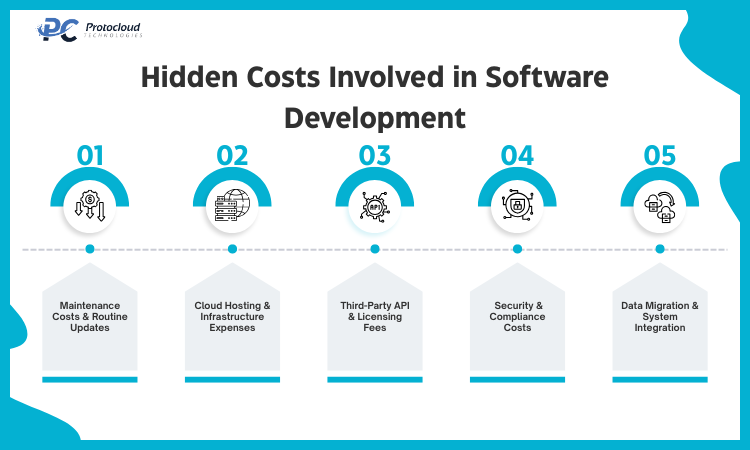
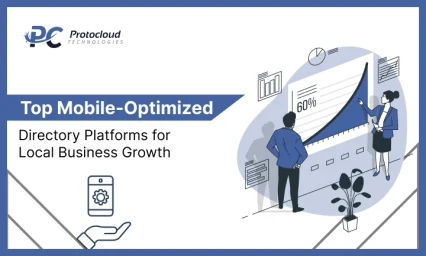
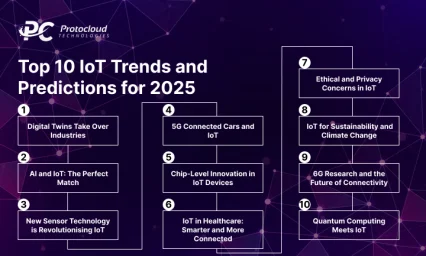


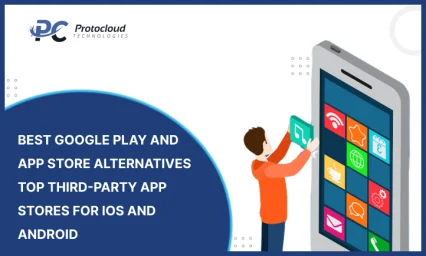

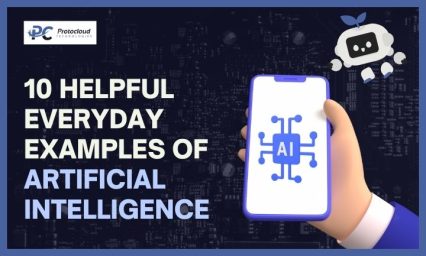

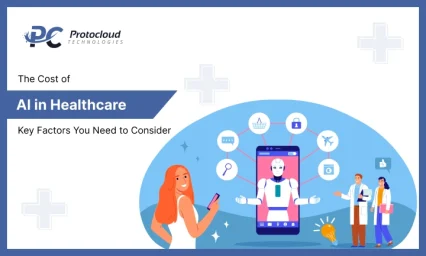
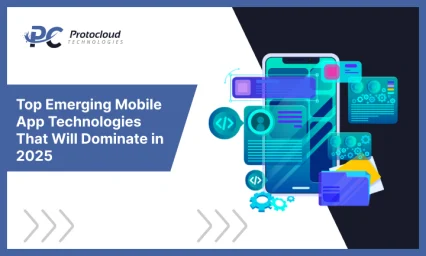

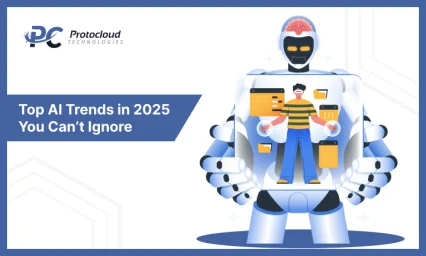
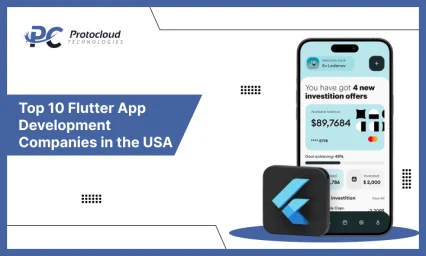

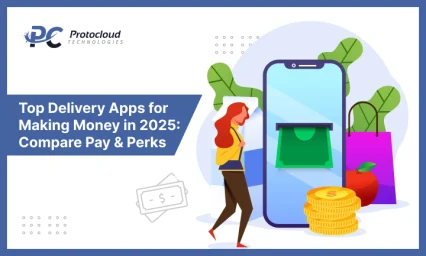


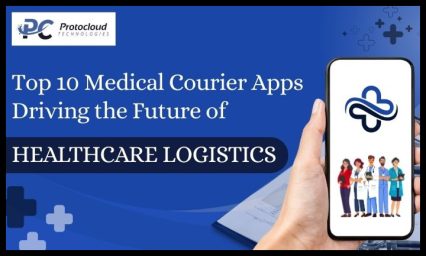
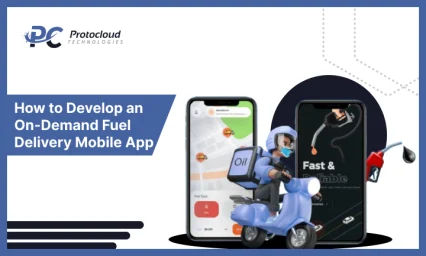
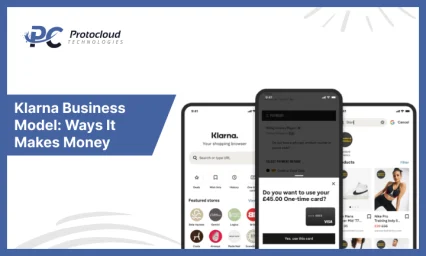


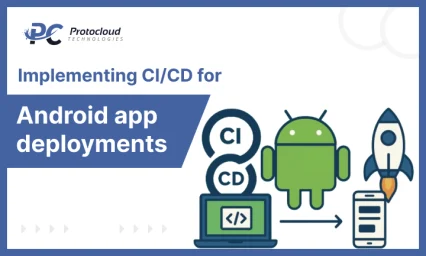
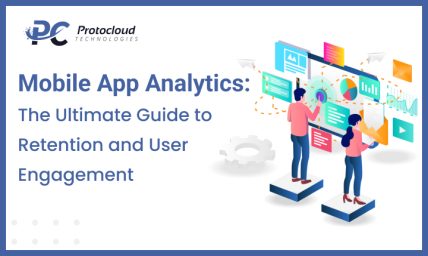

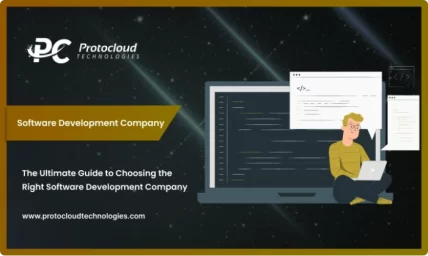

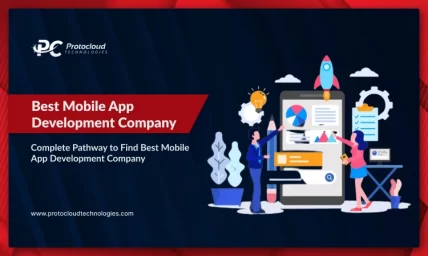

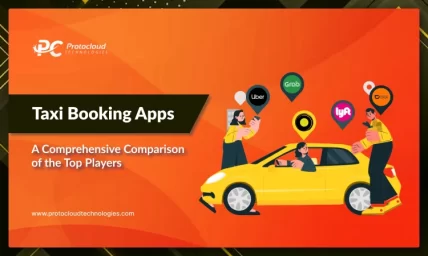
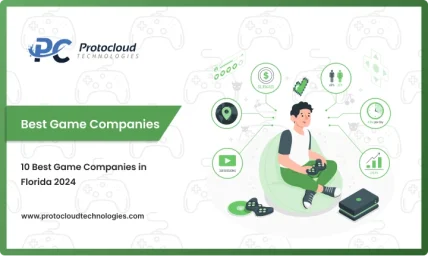

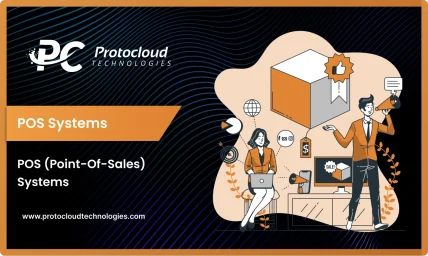
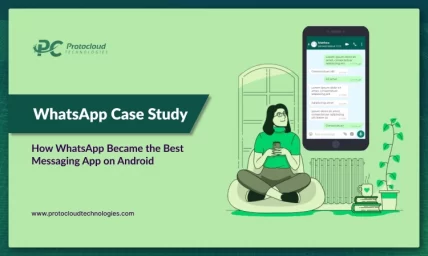
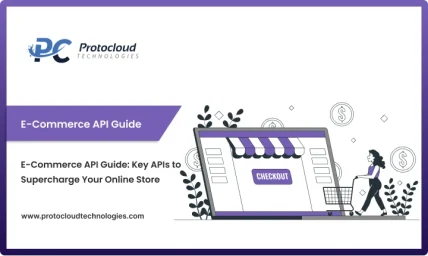
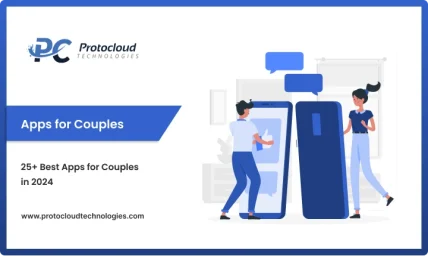

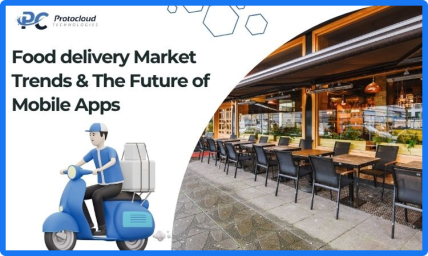
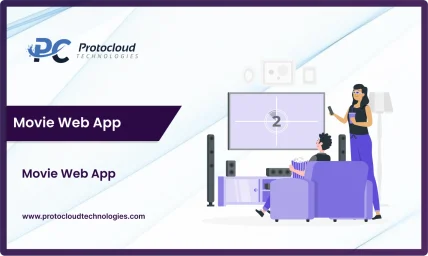
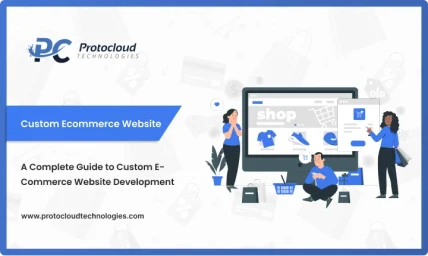
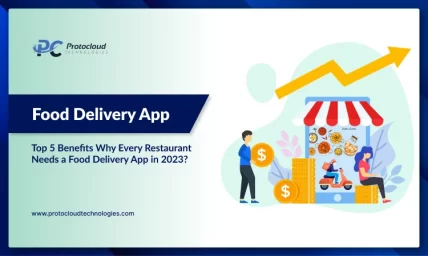
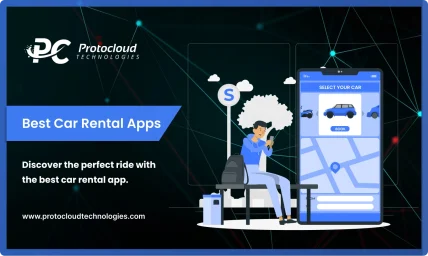


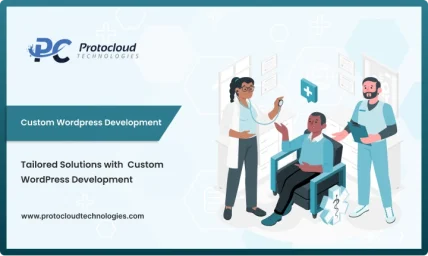
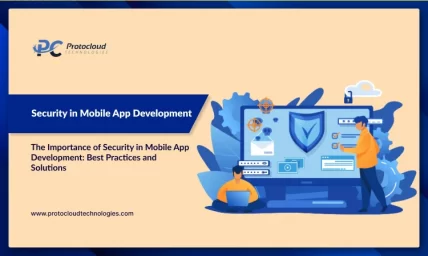
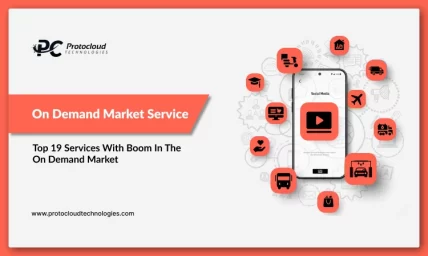
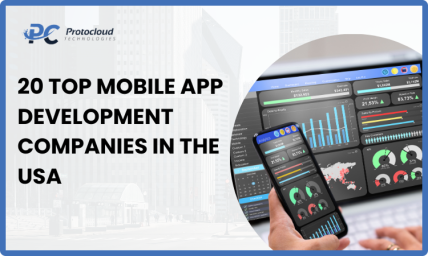
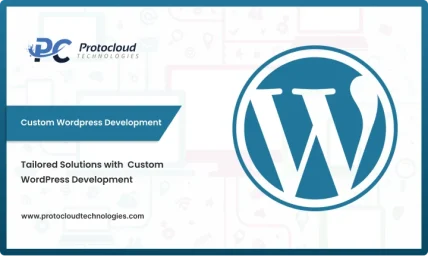
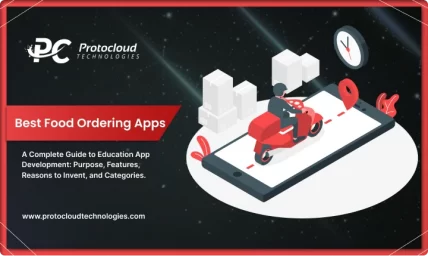

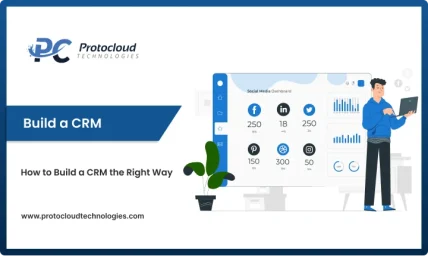
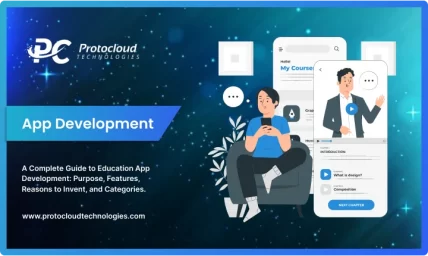
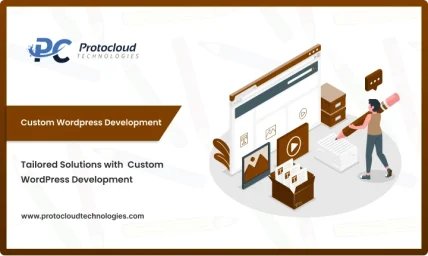
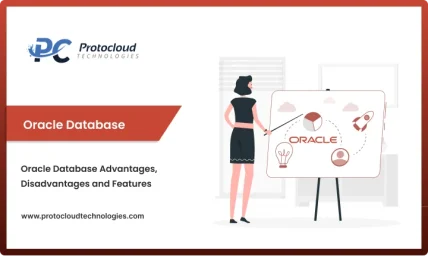

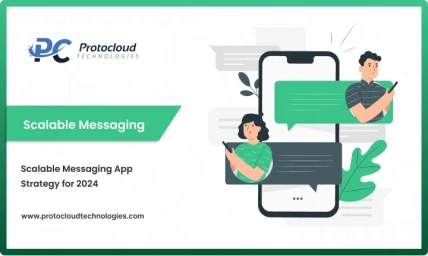
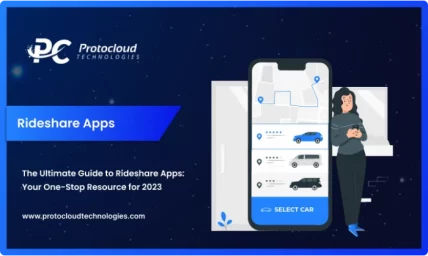
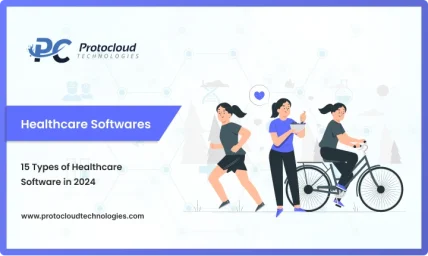
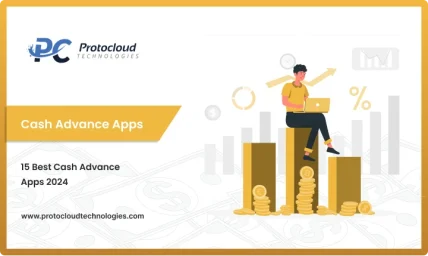

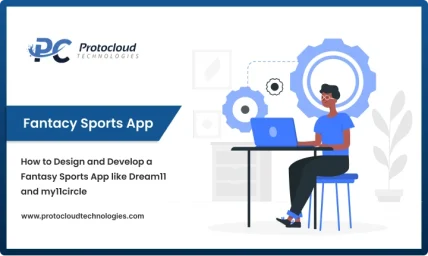
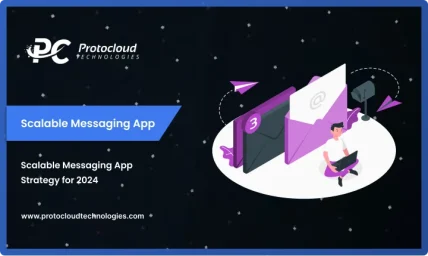
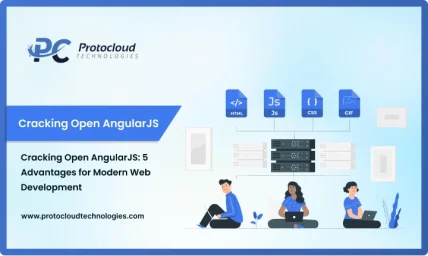

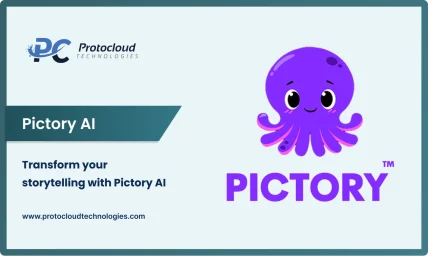
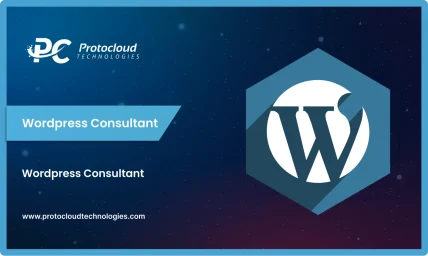
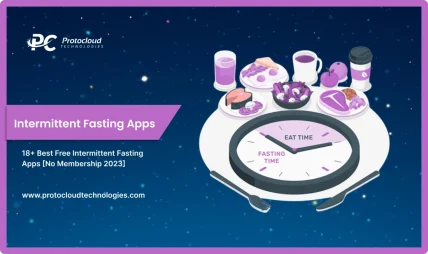
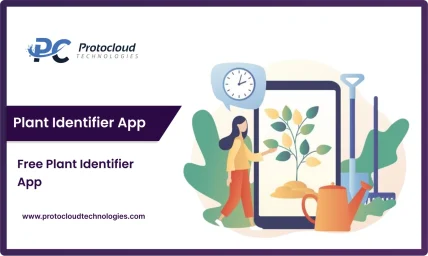
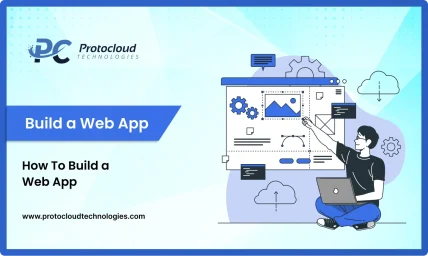

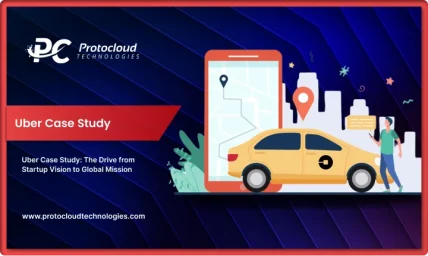
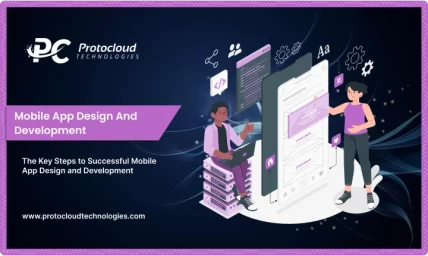
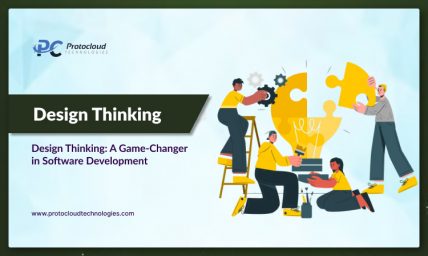
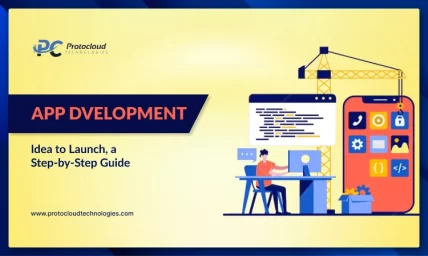
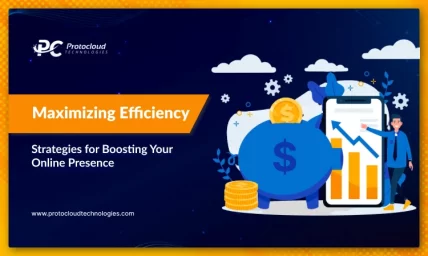
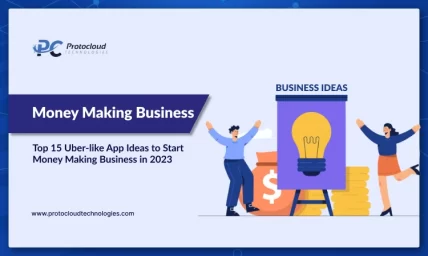
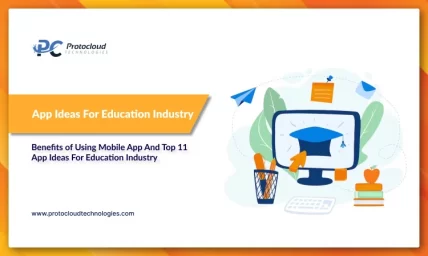
Leave a Reply